The kakapo, one of the world’s rarest and most fascinating birds, remains shrouded in mystery despite decades of conservation efforts. This critically endangered parrot native to New Zealand captivates scientists and nature enthusiasts alike with its unusual characteristics and behaviors. As researchers work tirelessly to save this species from extinction, many misconceptions and research pitfalls continue to hinder our complete understanding of these remarkable creatures. Avoiding common mistakes when studying or learning about kakapos is essential for contributing meaningfully to their conservation and appreciating their truly extraordinary nature.
Underestimating Their Cognitive Abilities

A significant mistake when studying kakapos is underestimating their intelligence and problem-solving capabilities. These birds possess remarkable cognitive abilities that allow them to navigate complex environments, remember feeding locations, and develop individual behavioral patterns. Researchers who approach kakapos with preconceived notions about bird intelligence often miss subtle demonstrations of their adaptive thinking. For example, kakapos have shown the ability to learn from failed breeding attempts and modify their courtship behaviors accordingly. Their spatial memory is particularly impressive, allowing them to recall the locations of widely dispersed food sources across large territories even after significant time has passed.
Misinterpreting Their Nocturnal Nature
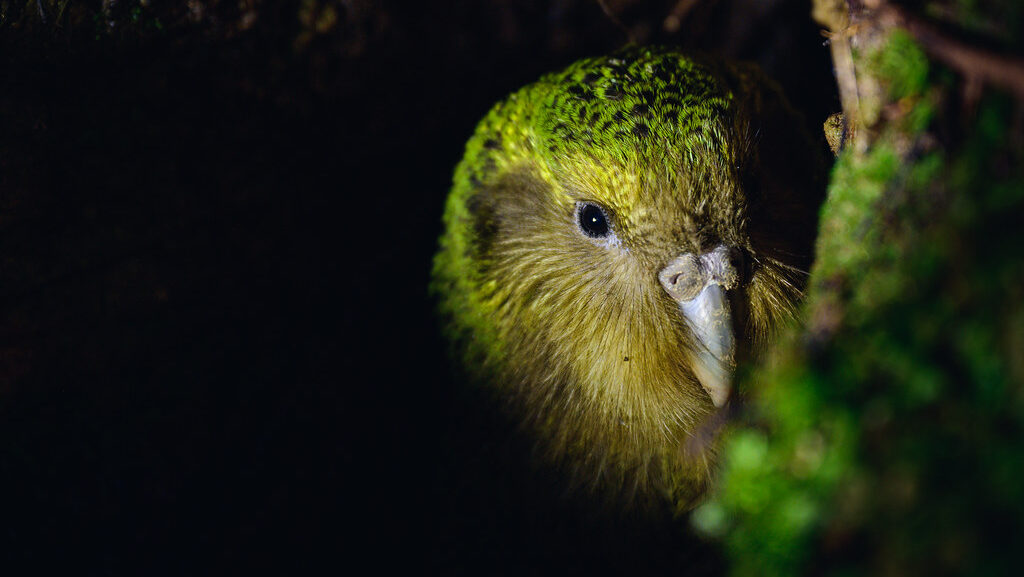
Many observers make the error of applying diurnal bird research methods to the kakapo, overlooking its fundamentally different lifestyle as a nocturnal species. The kakapo is the world’s only nocturnal parrot, which means traditional observation techniques must be significantly adapted to capture their true behaviors. Their night-time activity patterns follow subtle environmental cues that can be easily missed by researchers expecting conventional patterns. The moonlight cycle, for instance, significantly influences kakapo movement and foraging behavior in ways that daytime observations simply cannot detect. Understanding their specialized night vision and how it affects their interaction with the environment is crucial for accurate behavioral studies.
Overlooking Evolutionary Context
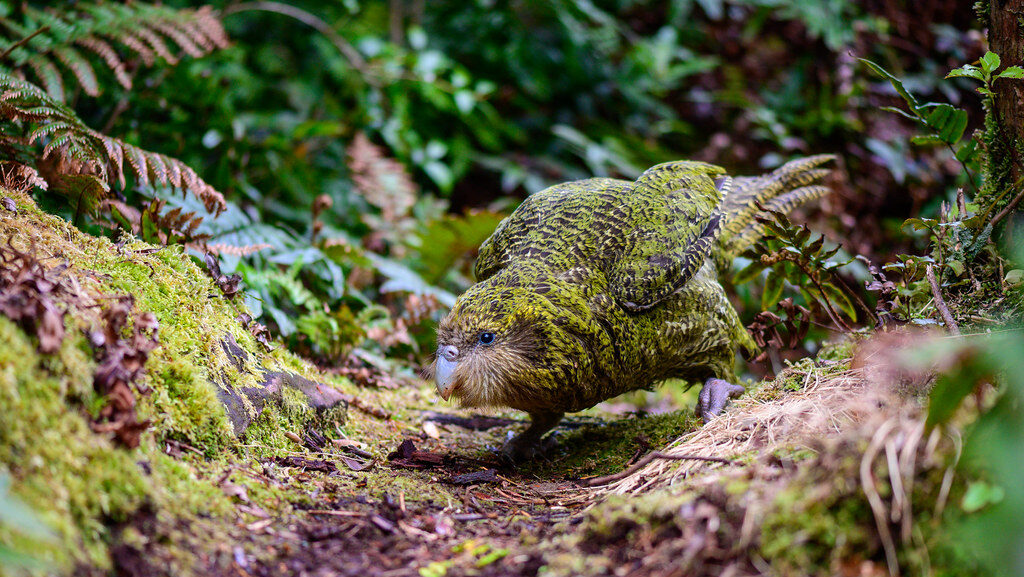
A common mistake is failing to place kakapo behaviors in their proper evolutionary context as a species that evolved in the absence of mammalian predators. The kakapo developed in New Zealand’s unique island ecosystem where, until human arrival, birds were the dominant life forms and ground-dwelling was a viable lifestyle. This evolutionary history explains their flightlessness, large size, and freeze response to threats—all adaptations that made perfect sense in their original environment but became liabilities when humans introduced predators. Research that doesn’t account for this evolutionary background often misinterprets behaviors as deficiencies rather than specialized adaptations to their historical ecological niche. Their unusual freeze response, for example, is not a design flaw but rather a formerly effective anti-predator strategy against visual hunters like hawks.
Neglecting Individual Personality Differences
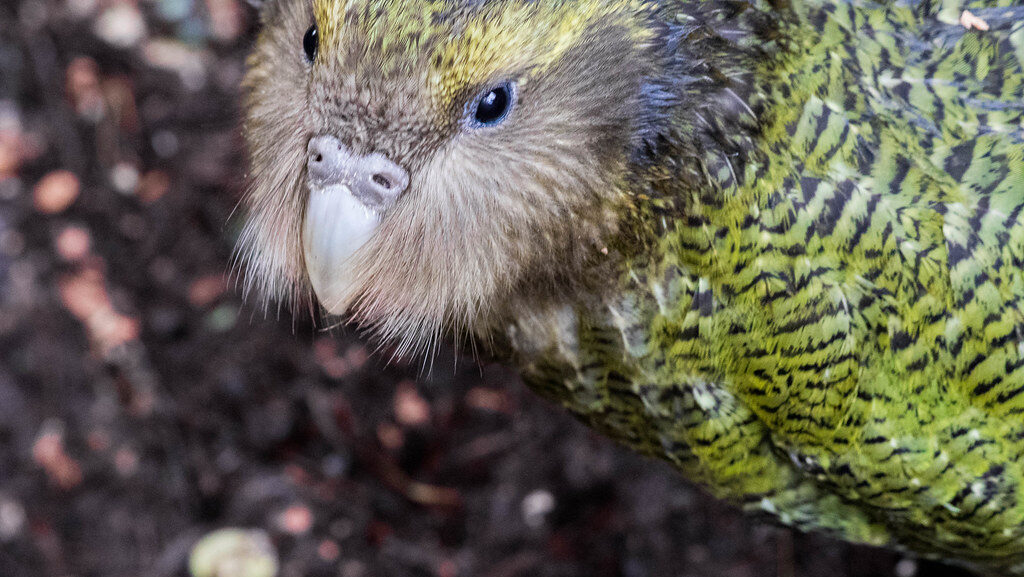
Treating all kakapos as behaviorally identical represents another significant research oversight. Each kakapo possesses a distinct personality that influences its breeding success, territory selection, and response to conservation interventions. Some birds consistently show bold temperaments while others remain shy and cautious, affecting everything from their mating displays to their willingness to accept supplementary feeding. Conservation workers have documented remarkable differences in problem-solving approaches between individuals faced with the same challenges. These personality variations can significantly impact breeding programs and conservation efforts, as techniques that work well with one bird may be completely ineffective with another.
Misunderstanding Their Unique Breeding System
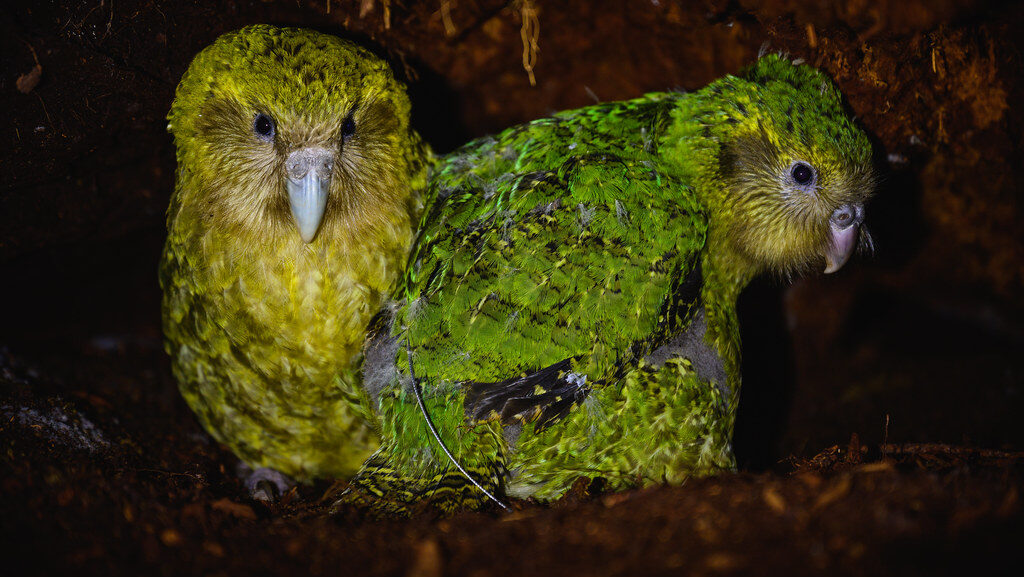
Many researchers initially misunderstood the kakapo’s lek breeding system, leading to ineffective conservation approaches in early recovery efforts. Unlike most birds, male kakapos create elaborate bowl-shaped depressions and engage in the world’s only known instance of “booming”—a deep resonant call that can travel over five kilometers through forest environments. This complex breeding system is triggered by specific environmental conditions, particularly the fruiting of certain trees like the rimu. Early conservation efforts that failed to account for these specific triggers saw limited breeding success. The synchronized breeding in response to environmental cues (known as mast years) represents an adaptation to resource availability that is crucial to understand for successful species management.
Overlooking Diet Complexities
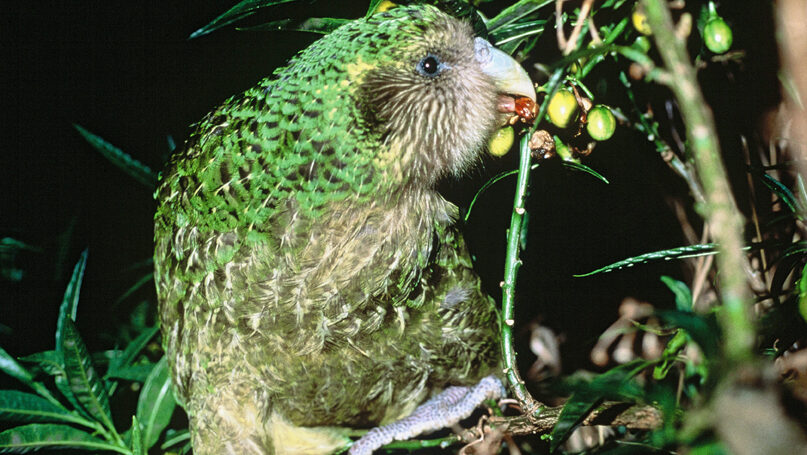
A fundamental mistake in kakapo research has been oversimplifying their nutritional needs and dietary patterns. Kakapos have a specialized digestive system more similar to mammals than other birds, allowing them to extract nutrients from fibrous plant material through a process of fermentation. Their diet shifts dramatically across seasons and life stages, requiring different nutrients during growth, maintenance, and breeding periods. The nutritional composition of foods consumed before breeding seasons has proven critical to reproductive success, with specific chemical compounds in certain plants triggering hormonal changes. Understanding these complex dietary requirements has been essential for developing effective supplementary feeding programs that support natural breeding while avoiding unintended consequences like nutritional imbalances.
Failing to Consider Their Sensitive Habitat Requirements

Many conservation mistakes stemmed from underappreciating the kakapo’s specialized habitat needs and the impact of habitat quality on their behavior. These birds require specific forest types with particular plant compositions that provide both food resources and suitable terrain for their unique activities like booming and nesting. The three-dimensional forest structure influences everything from sound propagation for mating calls to predator visibility and escape routes. Subtle changes in habitat composition can dramatically alter breeding behavior and success rates, even when the overall forest appears healthy to human observers. Translocation efforts have sometimes failed when seemingly suitable habitats lacked specific microhabitat features essential for kakapo behavioral needs.
Ignoring the Impact of Human Presence
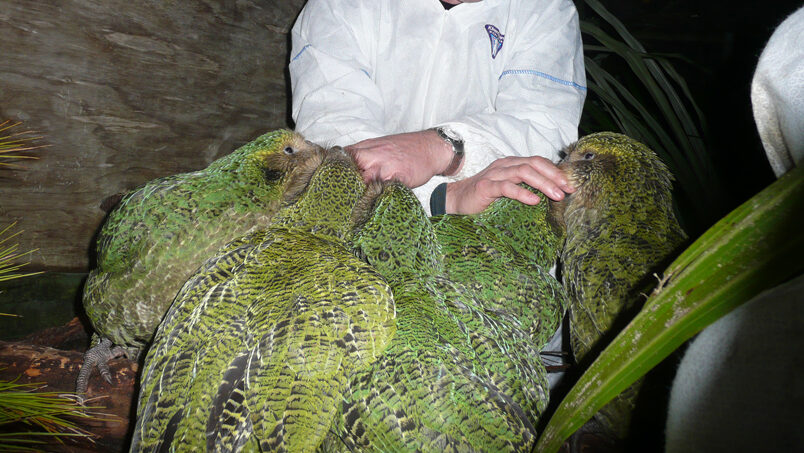
Researchers sometimes underestimate how powerfully human presence affects kakapo behavior, potentially skewing scientific observations and conservation outcomes. Despite being generally curious and sometimes even approaching humans, kakapos show subtle but significant changes in their movement patterns, feeding behaviors, and stress indicators when researchers are present. These effects can persist even after humans have departed an area, potentially influencing everything from breeding preparations to territorial behaviors. Monitoring technologies must be carefully designed to minimize these disturbance effects, with remote observation methods generally providing more authentic behavioral data. Conservation programs now implement strict protocols regarding human-kakapo interactions to reduce these impacts while still gathering necessary data for protection efforts.
Misunderstanding Population Dynamics

Early conservation efforts often made incorrect assumptions about kakapo population dynamics, particularly regarding genetic diversity and breeding patterns. With such a small remaining population, genetic considerations have become paramount, yet simplistic approaches to genetic management risked creating new problems while solving others. The complex interplay between individual mate selection, genetic compatibility, and breeding success was initially underappreciated. Age-related fertility patterns in kakapos differ from many other bird species, with individuals remaining reproductively viable for decades rather than just a few years. Advanced reproductive technologies require careful consideration of these unique population dynamics to avoid disrupting natural selection processes that may remain important for long-term species survival.
Overlooking Their Complex Vocalizations
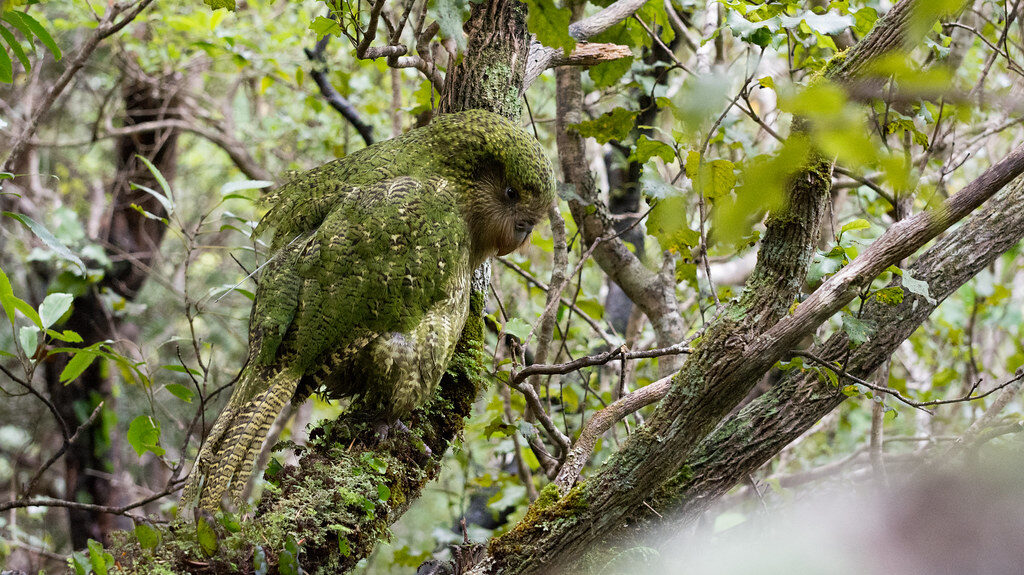
Many researchers initially failed to appreciate the sophistication and importance of kakapo vocalizations beyond the famous booming display. Kakapos possess an extensive vocal repertoire that includes at least 13 distinct call types serving various social and ecological functions. These vocalizations convey information about individual identity, emotional state, territorial boundaries, and even specific environmental conditions. Female kakapos use specialized calls that influence male display behaviors and communicate receptiveness during breeding seasons. The acoustic properties of these calls are specially adapted to New Zealand’s forest environments, with specific frequencies that carry effectively through dense vegetation while minimizing detection by potential predators.
Underestimating Environmental Sensitivity

A critical error in kakapo research involves underestimating their extraordinary sensitivity to environmental changes and cues that humans might consider negligible. Kakapos respond to subtle shifts in temperature patterns, moonlight intensity, plant chemistry, and even geomagnetic fluctuations that influence their breeding readiness and behavior. Their reproductive cycling is tightly synchronized with environmental triggers that signal resource abundance, particularly the masting (heavy fruiting) of certain tree species. Even artificial light pollution from research equipment has been shown to disrupt their natural behavioral patterns and potentially influence breeding success. This extreme environmental sensitivity means that even well-intentioned conservation interventions can have unintended consequences if these subtle cues are not carefully considered.
Neglecting Indigenous Knowledge

Perhaps one of the most significant oversights in kakapo research has been the historical undervaluation of Māori traditional ecological knowledge about these birds. Indigenous Māori communities accumulated generations of observations and understanding about kakapo behavior, habitat preferences, and ecological relationships before Western scientific study began. This knowledge includes insights about seasonal movements, food preferences that vary by location, and behavioral patterns that would take modern researchers decades to rediscover independently. Contemporary conservation efforts now recognize that integrating this traditional knowledge with modern scientific approaches provides a more complete understanding of kakapo ecology. The traditional Māori naming of individual birds and recognition of their distinctive personalities aligns remarkably well with current scientific understanding of individual behavioral variation.
Failing to Adapt Conservation Approaches
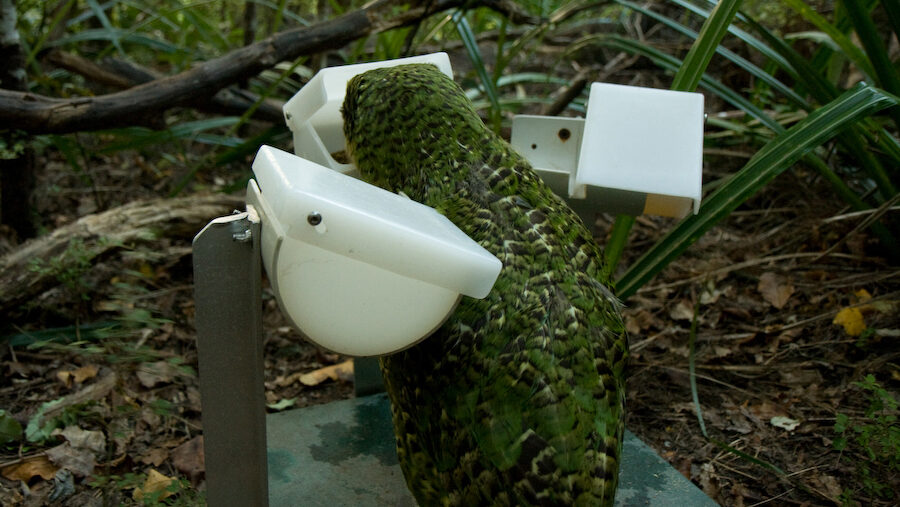
A persistent mistake in kakapo recovery efforts has been reluctance to adapt conservation strategies as new information emerges about these unique birds. Early protection efforts focused primarily on predator control without fully addressing breeding limitations, habitat quality, and genetic considerations. As our understanding evolved, more comprehensive approaches became necessary, including artificial insemination, supplementary feeding programs, and intensive individual monitoring. The most successful conservation initiatives have combined cutting-edge technology with flexibility to adjust methods based on ongoing results. The kakapo recovery program’s willingness to experiment with innovative approaches, such as 3D-printed eggs with embedded sensors and drone-based monitoring, demonstrates how adaptive management has become essential to the species’ survival prospects.
Conclusion
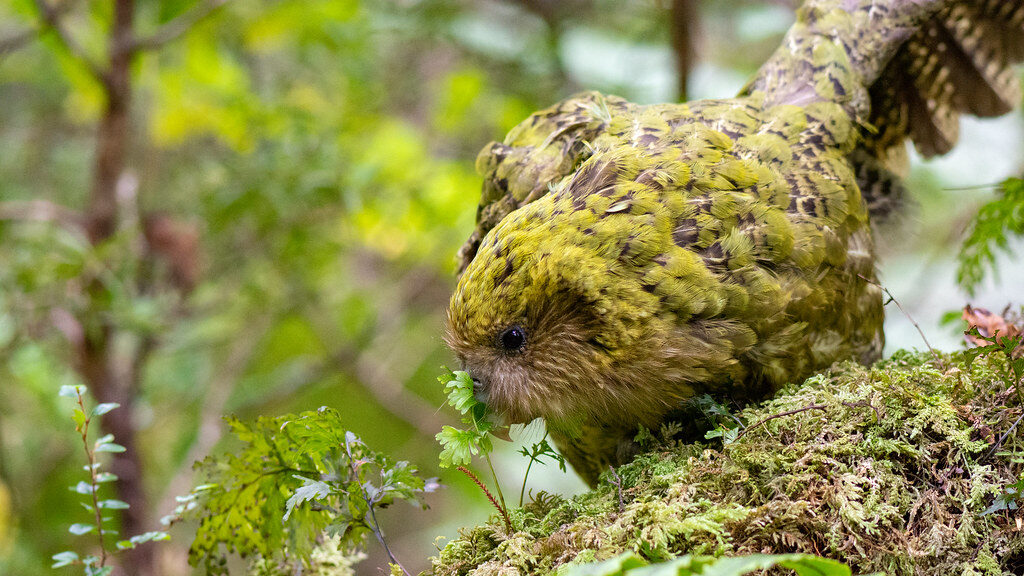
The journey to understand the kakapo continues to evolve as researchers refine their methods and expand their knowledge of this extraordinary bird. By avoiding these common mistakes, scientists and conservation workers can develop more effective strategies to protect the remaining population while gaining deeper insights into their mysterious lives. The kakapo’s story reminds us that sometimes the most valuable scientific approach is one of humility—recognizing that these remarkable creatures have evolved complex and specialized adaptations that may not immediately make sense to human observers. As we continue working to ensure their survival, maintaining this perspective will be essential for truly understanding the secret life of the kakapo.
